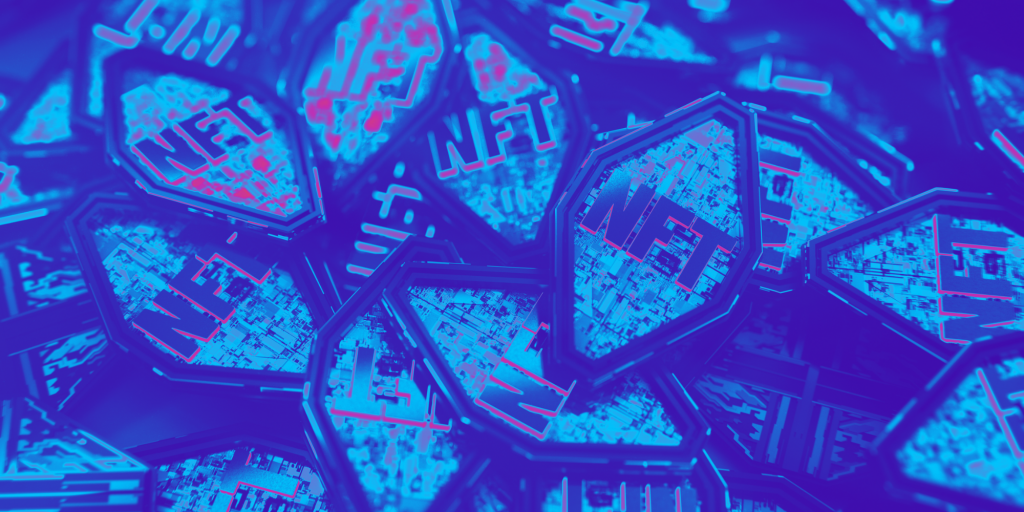March 2023
NFT Royalties Explained: What Are They & How Do They Work
NFT royalties are payments sent to the creator of an NFT each time it is resold on the secondary market. NFT royalties function similarly to traditional royalties. In business, for example, the owner of a product receives a percentage of the sales or profits. In the case of NFTs, the creator can set the royalty …
NFT Royalties Explained: What Are They & How Do They Work Read More »
NFT Real Estate Explained (Read Before Buying)
Non-fungible tokens (NFTs) have been used to disrupt several industries, starting with the art market and diversifying into music, communities, and real estate. While these rapidly changing markets have been easier to disrupt, real estate could pose a much more significant challenge being a slower market, taking an average of 8 weeks per sale compared …

